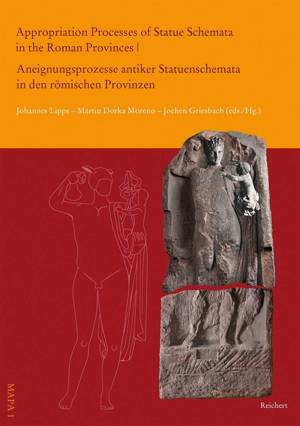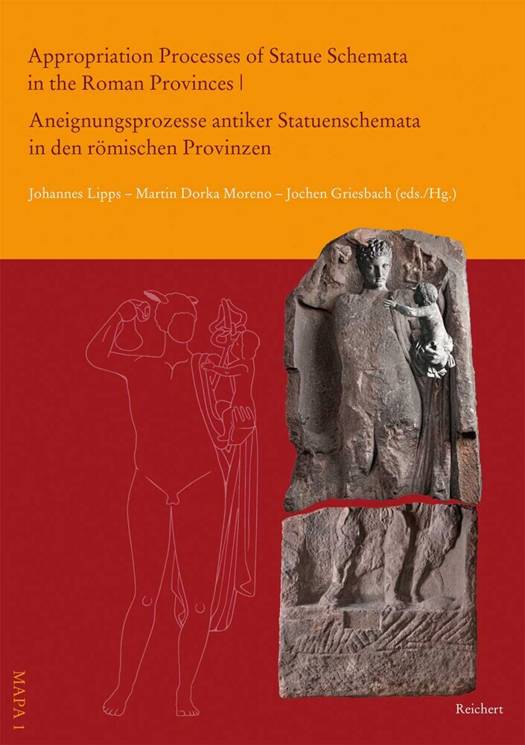
- Afhalen na 1 uur in een winkel met voorraad
- Gratis thuislevering in België vanaf € 30
- Ruim aanbod met 7 miljoen producten
- Afhalen na 1 uur in een winkel met voorraad
- Gratis thuislevering in België vanaf € 30
- Ruim aanbod met 7 miljoen producten
Appropriation Processes of Statue Schemata in the Roman Provinces U Aneignungsprozesse Antiker Statuenschemata in Den Romischen Provinzen
€ 303,95
+ 607 punten
Omschrijving
The majority of ancient statues can be typologised on the basis of formal overlaps, i.e. arranged in 'schemes'. Individual statue schemes were handed down over centuries in ever new versions and integrated into different material, spatial and functional contexts. These processes of reception and transformation can be understood as cultural appropriations that were aesthetically, politically and/or religiously motivated. As a rule, they presupposed education and thus also had a social component. Often, however, purely practical reasons such as the availability of a certain form led to the reproduction of anthropomorphic figures according to a scheme. In the process, the pictorial works could preserve the former contexts of meaning of their models, only partially adopt them or ignore them and 'overwrite' them with completely new meanings. This volume, which is the result of an international conference in Tübingen, brings together contributions that discuss the above-mentioned processes of reception in individual centres and regions of the Roman Empire.
Specificaties
Betrokkenen
- Uitgeverij:
Inhoud
- Aantal bladzijden:
- 368
- Taal:
- Engels
- Reeks:
- Reeksnummer:
- nr. 1
Eigenschappen
- Productcode (EAN):
- 9783954904495
- Verschijningsdatum:
- 28/04/2021
- Uitvoering:
- Hardcover
- Formaat:
- Genaaid
- Afmetingen:
- 220 mm x 28 mm
- Gewicht:
- 1877 g

Alleen bij Standaard Boekhandel
+ 607 punten op je klantenkaart van Standaard Boekhandel
Beoordelingen
We publiceren alleen reviews die voldoen aan de voorwaarden voor reviews. Bekijk onze voorwaarden voor reviews.









